Story and photos by Graham Gauld
From the VeloceToday archives, November 2013
It’s funny how news reports remind you of old departed friends. A recent news report on the $52 million sale of Ferrari GTO 5111GT brought back a score of happy memories of times spent with American motoring journalist and raconteur Henry Manney III.
Henry Manney III may not be a familiar name to a modern generation, but back in the 1960s he not only sprung to prominence with his witty and amusing articles in Road & Track magazine but he actually created what we would call the modern “loose” form of writing about cars. He dispensed with the turgid prose of the regular motoring writers of the day and replaced it with colorful turns of phrase, even inventing his own words to express his feelings and mood.
So why did the sale of the GTO bring Henry back to me? Because he is, I think, the only motoring journalist who ever actually OWNED a GTO.
But let’s go back to the beginning. Henry Manney was born into a family with a military tradition behind it. His grandfather was Admiral Henry N. Manney, Chief of the Bureau of Equipment in the U.S. Navy who urged the Navy to create its own wireless system when Marconi refused to sell his new radio equipment to the US.
Henry’s father, Henry Manney II, was a Colonel in the Marine Corps. As for our Henry III, he was a radar mechanic in the US military and thanks to his interest in opera and ballet he used his GI Bill to pay for ballet lessons before joining the New York Ballet. It was here that he met Annie Statz, the daughter of Arnold “Jigger” Statz, the famous baseball fielder who ranked with Ty Cobb and Hank Aaron. Henry and Annie married and had three children; Patrick, Henry IV, and Cecilia.
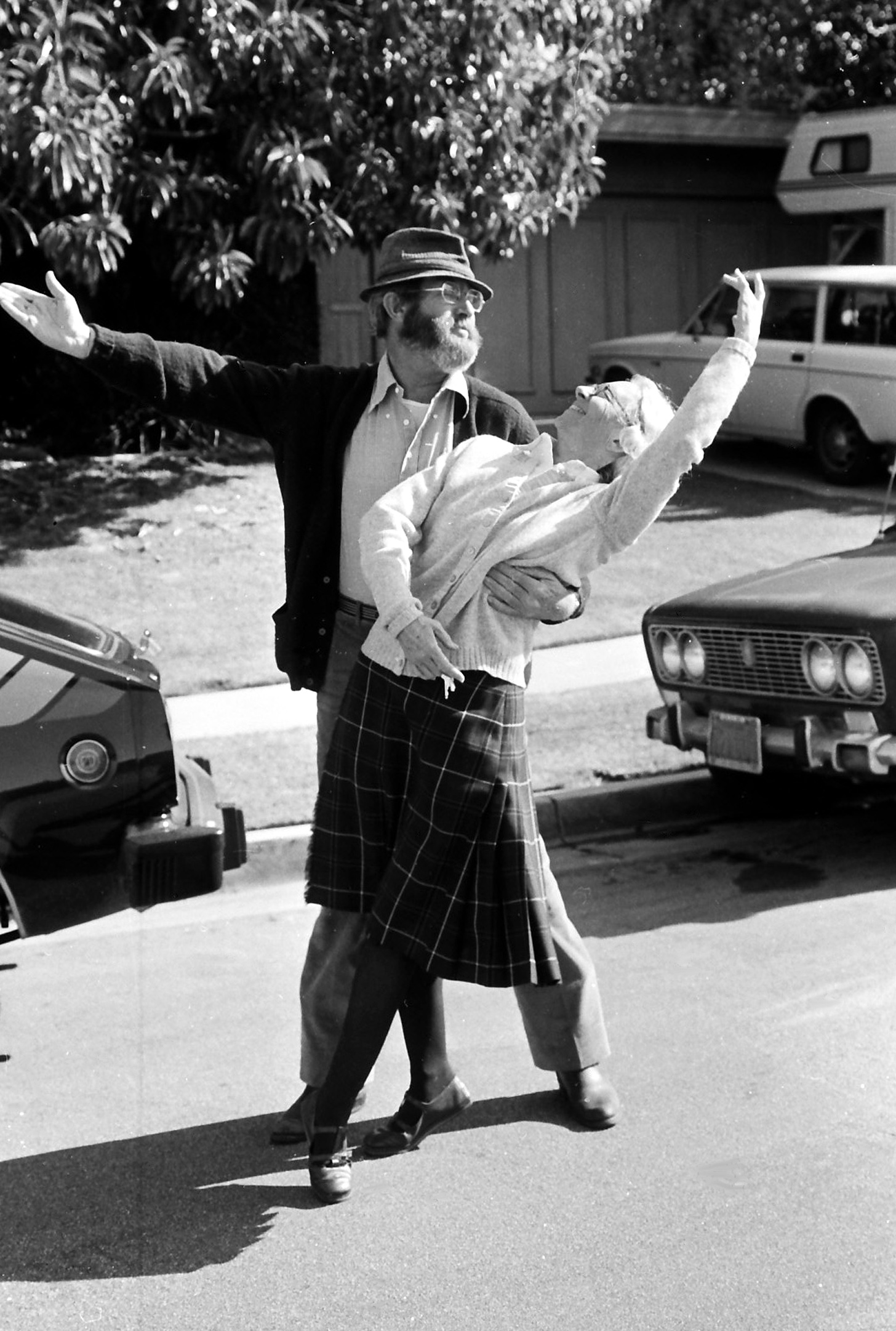
Ex-ballet dancers Henry Manney and wife Annie pose outside their house in California in the mid-1970s.
Henry was always keen on cars and on a visit to Paris in 1948 – when he was 26 – he rode his Matchless motorcycle out to the famous Montlhéry track to watch Luigi Chinetti win the 1,000 km race in Enzo Ferrari’s 166 MM.
Back in the States he started out racing with a Crosley Hotshot and then, in August 1951, jumped into the deep end by buying a Ferrari 275S Spyder (0032MT). This was a mighty car that had been raced by Luigi Villoresi in the 1950 Mille Miglia, Alberto Ascari in the 1951 Mille Miglia, and Luigi Chinetti drove at the 1951 Le Mans. The factory then tarted it up for the Turin Motor Show and this was when Henry bought it. He raced it a couple of times but admitted the car scared him and so he sold it the following April to John Edgar for Jack McAfee to race. [Manney also purchased the ex-Cunningham “little blue coupe”, a Ferrari 166/195 MM Touring, s/n 0060-Ed.]
With his wife and children Henry moved to Switzerland. In the 1950s began writing articles for various magazines including Road&Track but he was not to join the staff until 1961.
Around 1957 Alfred Woolf, a fine journalist and PR man, had started an English version of the U.S. magazine Sports Cars Illustrated and in one of the early issues there appeared an article by a mysterious Henri Gentilhomme, where he described taking part in the Automobile Club de Suisse racing drivers school that was run at Monza. His way of describing how legendary Mercedes-Benz team manager Alfred Neubauer addressed the assembled tyros has always stuck in my mind: “If you have ever heard a sea elephant whose fish has just been pinched by a seagull you will get the idea.”
I became a fan, and when Alfred Woolf and I went to visit the Speedwell Tuning shop in London – where Graham Hill was a mechanic and director – he introduced me to this bespectacled American dressed in what was to become his familiar tweed jacket, soft hat and shoes with rubber ripple soles. This was Henry N. Manney III, or Henri Gentilhomme. From then on we hooked up at various rallies and races for the rest of his life and some great fun on events.
Henry was a very good photographer, originally with Leicas, but in 1959 he bought the first single lens reflex Canon, the Canonflex and when he changed it for a new one, I bought his original and have stayed with Canon ever since.
He always had nice cars, and after his Alfa Romeo Giulietta period he moved on to Lancias. I remember us chasing the Monte Carlo rally in his Flavia coupe. Going down a Col, the Lancia started sliding on the sheet ice, and 200 meters away were the signs of a tight right hand bend. Henry gently tried to steer out of the slide muttering we’re all gonna be killed, and then caught it and carried on as if nothing had happened.
That year Ford Motor Company had run a raft of Falcon Futura Sprints on the Monte and after the event Henry and I were given one of the reconnaissance cars to “test.” It was a great car to drive and reasonably sure footed on the ice but, as Henry shouted on one occasion, “I’d hate to have to drive it fast.” On our return to Monaco race driver Sir John Whitmore asked us how we got on. So I played a tape recording of us on the road and they promptly told us that we were not driving the Falcon fast enough!
Known for his amusing descriptions of people – he once called one driver who usually made up the field in events the “ abominably slow man.” Gendebien became “Jellybean” and when describing a paddock spat between Jo Bonnier and a photographer who had taken his picture, Henry laconically remarked of the famously vain Swede, “This must be the only occasion Bonnier refused to have his picture taken.” However, the secret of his stories was that he was particularly friendly with the race mechanics and this was where he got most of his inside stories; and they loved him for it. He used to carry cookies or apples in his coat pocket and in the midst of a conversation with a mechanic would remark, “Hey, would you like an apple?” and then fish one out of his pocket.
Not long before Henry and Annie returned to the United States he surprised us all by buying the Ferrari GTO. It was sold to him by French racing driver and Le Mans winner Jean Guichet, who had won the Tour de France in the car.
It was chassis 5111 GT and Henry went to Maranello to pick it up. When he got there he found it had three huge iodine quartz spotlights mounted in a bar across the front that Guichet had added so that he could run in various rallies.
Back in Paris he recalled the drive from Modena and how at every village he drove through with the GTO, “…..the girls were lathered up enough to shave a water buffalo.” [This was part of an article for R&T but the phrase, needless to say, never saw print-Ed.]
About six months ago I talked to Guichet about his selling of the GTO to Henry and he remarked that he had sold it far too cheaply – only a few thousand dollars – and added that he was amazed at the prices GTOs sell at these days.
This particular GTO, delivered in September 1963, had a very successful early racing career and was in fact the last fitted with what we could call the traditional GTO bodywork. A few months later the first of the 330LM style bodies on the ’64 GTOs appeared.
Guichet had delivery of 5111 GT just before the 1963 Tour de France and he chose Jose Behra, brother of the more famous Jean Behra, as his co-driver. They added a few bumps and scrapes to the car, as was normal with GTOs on the Tour de France, but came home winners. It was not the first GTO Guichet had owned as he bought 3705 GT the year before with which he had finished second at Le Mans.
During 1963 and 1964 Guichet used the GTO for rallies, hill climbs and races and was a regular winner. In 1965 Henry Manney persuaded Guichet to sell him the GTO and was to own it for six years. When he, Annie and the children returned to the USA the GTO went with them, but Henry became increasingly frustrated having a car that he could not let loose like he had done in Europe and sold it to Chris Cord.
Eventually the genial Paul Pappalardo bought it in 1974 and owned it until 2008 when it was sold to a private collector. Paul brought the GTO back to Europe to regularly compete in the Shell Ferrari Historic Challenge races, so it was never left lying about as a trophy car.
At an eye-watering $52 million dollars one wonders if we will ever see this Tour de France-winning GTO out on a track again. Also, I wonder what dear old Henry would have thought of the modern day prices of GTOs.
I leave the last words on the car to Henry who, after he had sold it, said, “I am sorry to see it go, largely because it represents days that never will come again, but at least I had a taste of the real thing.” Agreed.
Henry N. Manney III was born on March 27, 1922. He died on March 15, 1988 at 65 years of age from complications of a stroke.
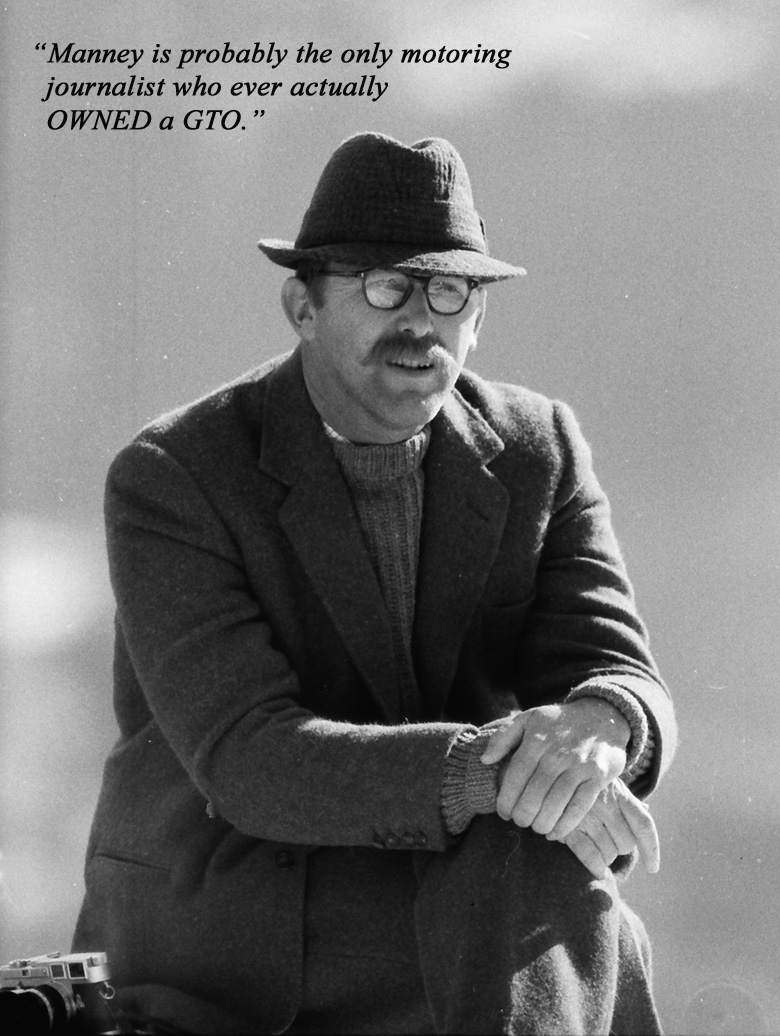
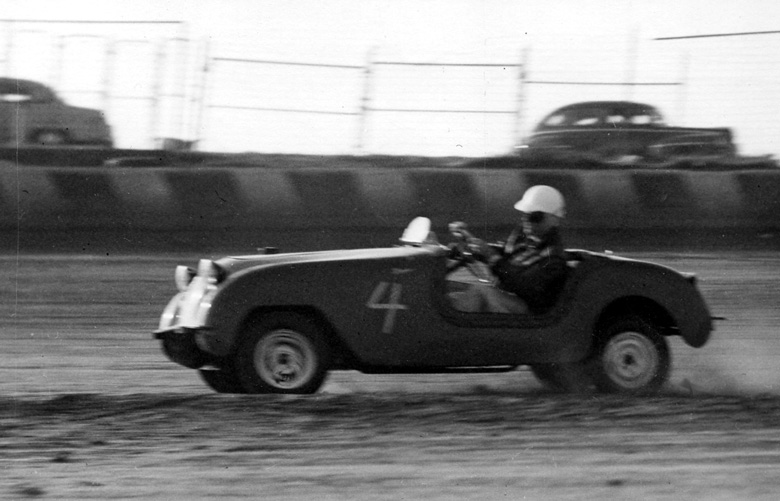
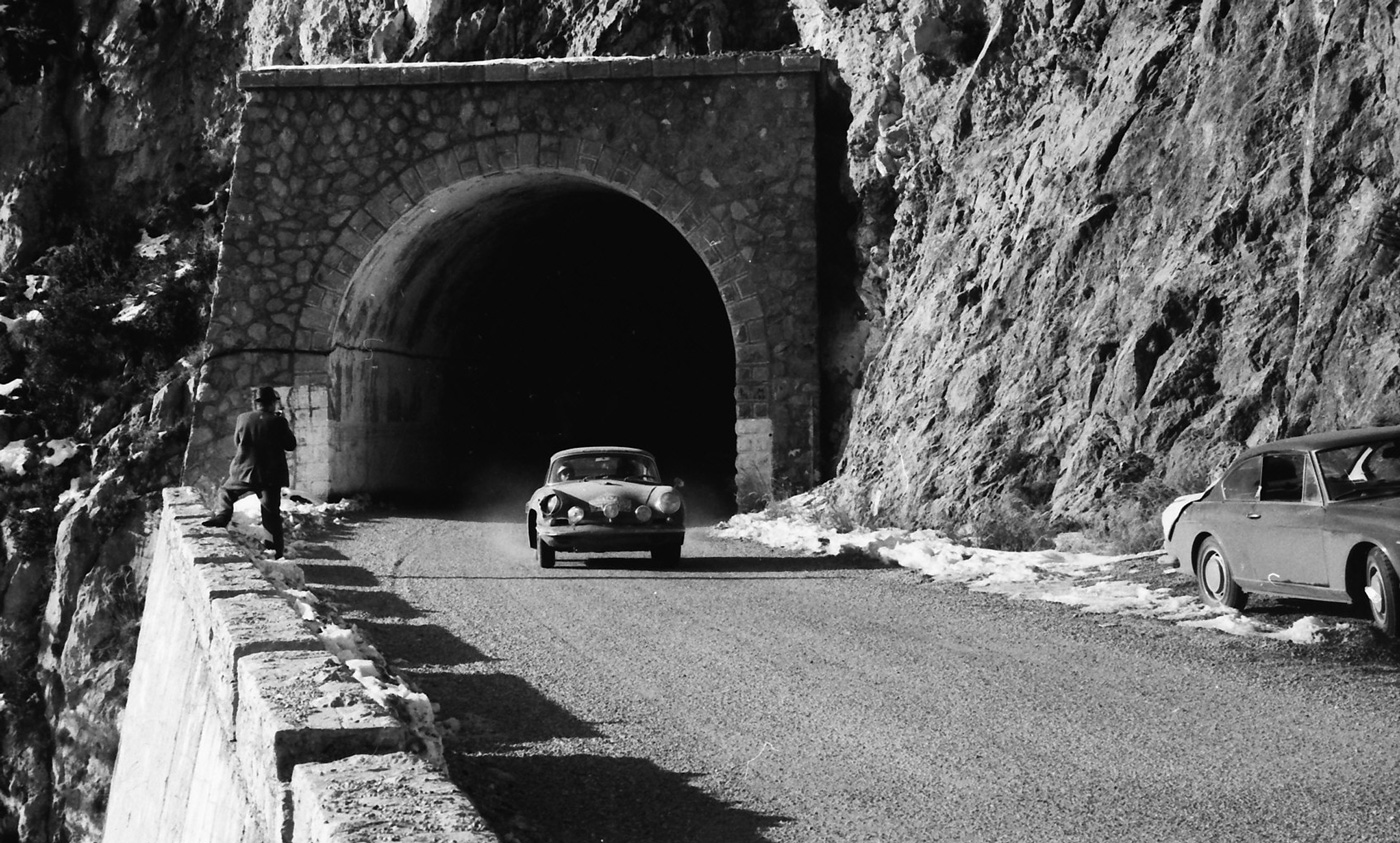
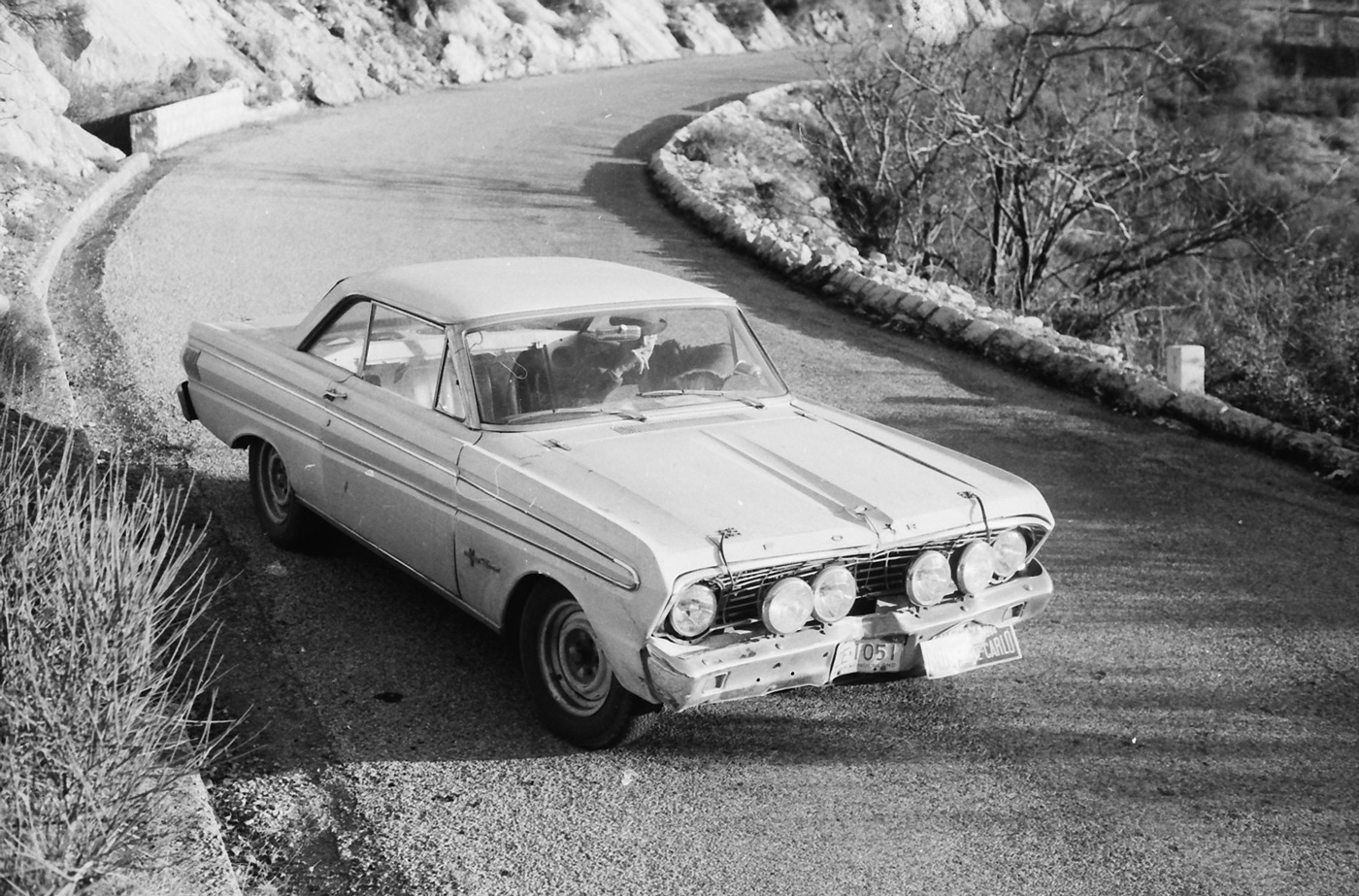
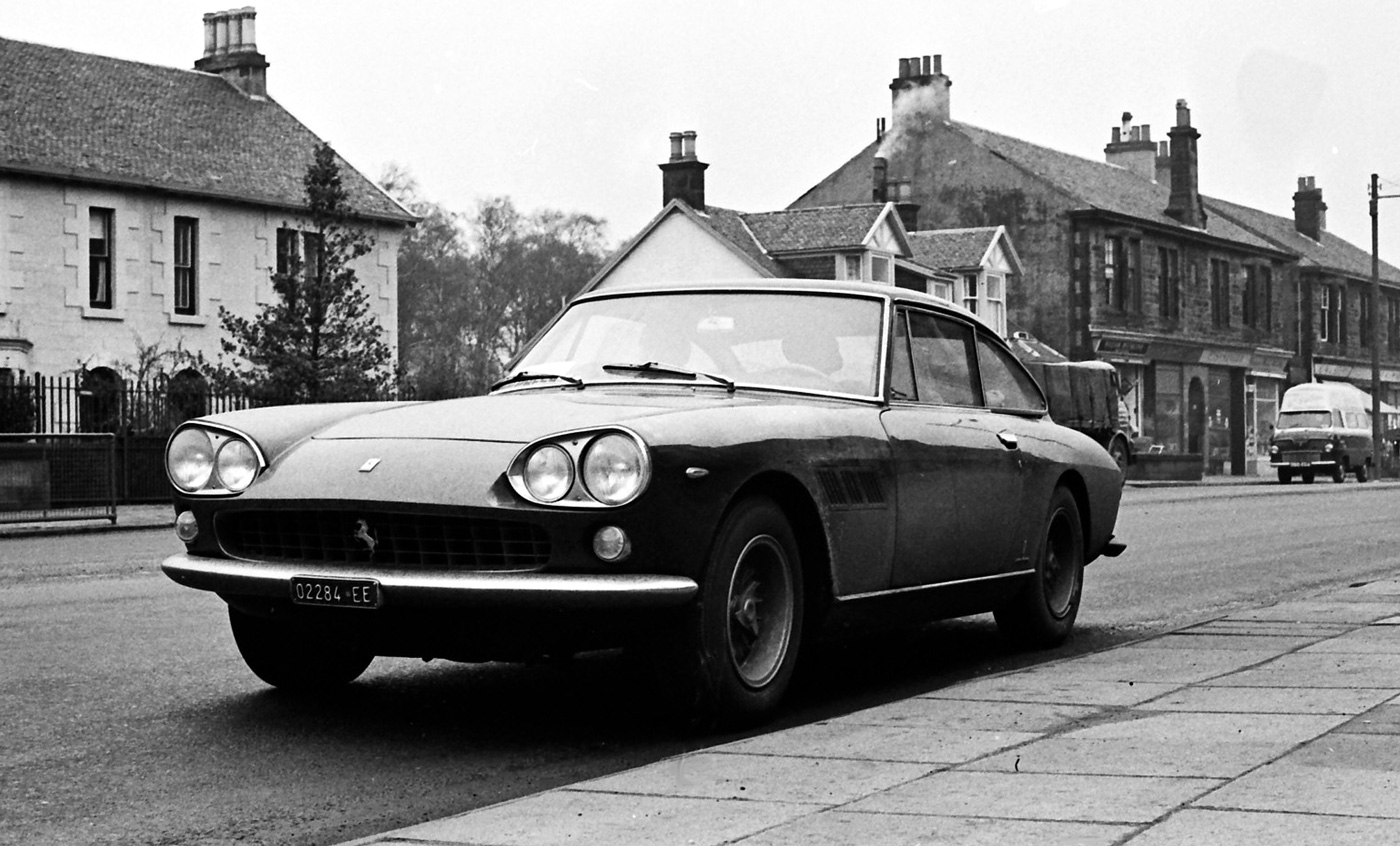
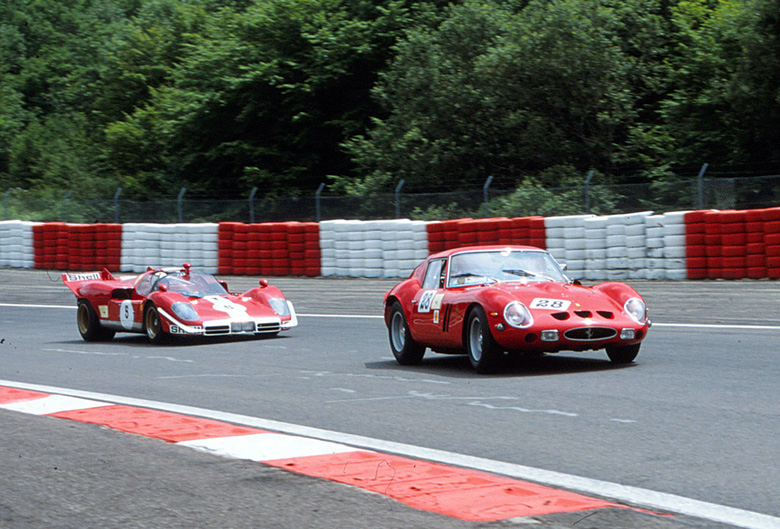
I did so enjoy the way Henry painted with words. On Alfas I remember his “test” of an Alfa GTZ borrowed from the works. “we depressed a swiss registered TR by changing into top as we went by at 110mph”. Or his comparison of his loyal Giulietta TI with the new Giulia TI. He said you could take a typical Spanish level crossing flat in the Giulietta but not in the Giulia. So correct.
When Henry left us we mourned the loss of his future artistry.
Perhaps Graham did not know this, but Henry owned and raced a Siata 300BC in the early 50s…since these first saw the light of day in 1952 perhaps this was just after scaring himself in the 275S. The car was Crosley powered, but was fitted with dual SU carbs. Henry raced it at Pebble Beach as well as Moffet Field (1953), and then advertised it for sale in (where else?) R&T. I have copies of the listing in the Moffet Program as well as the ad when he put it up for sale.
Henry Manney 111 also contributed regularly to ‘Car’ magazine here in the UK for a number of years from the mid 1960s. Even amongst a line up of wonderful contributors – Doug Blain, L J Setright, Ian Fraser, George Bishop et al – Henry stood out for his wit and languid writing style.
Towards the end of my time with Honda, I hauled the company TL125 out to Saddleback Park on a very hot Sunday. Near the gate, this curious bearded fellow was standing near another TL125, wearing a wool tweed coat and cloth flat cap. I rode over to him and said, “Excuse me, would you be Henry Manney?”, because who the hell else could it be on a 95 degree day? He said something like, “Yes, I would be in another 5 minutes or so. Would you care to wait?” I answered “Certainly. I’d like to meet the fellow.” So we chatted for a while, laughed uproariously, and then he invited me to come over for supper later that month. Sadly, I accepted a job with Boeing in Seattle and moved away before I could accept his invitation, and I still regret missing more contact with one of my first writing heroes.
writers today adopt their own more or less amusing styles but none come close to the judgmental yet kindly style of manney. i last saw him at the monterey historics in’75 or thereabouts
So here’s my run-in with The Man. In late 1969, I am pulling into the parking lot of a building overlooking the ocean in Newport Beach CA to start my new job as associate editor of CAR LIFE. This bearded chap wearing a trilby (is that what they call it–British cap?) almost hits me on his way out with a dark blue car, somewhat dirty, and I didn”t recognize the model. But I am from Michigan, don’t see many 250GTOs there. And of course there is no name on the car. He asks me if I want to buy it, I think the price that day was $14,000. I had, coincidentally, about $10,000 in the bank, but since I had not learned yet about the great GTO I thought it was an outrageous price for an unknown car that smoked like an old diesel tractor trailer. I could have made a counter offer but it wasn’t until years later I learned about GTOs (when I got to Motor Trend, where an associate art director was greatly enamored of them). . Just another of the cards life dealt me that I passed up….
Back in Vancouver, in the mid ’60s, Dave Butler had a subscription to Motor Sport, and I to Road & Track. We’d exchange and compare Grand Prix — remember that name? — reports by Denis Jenkinson and Henry N Manney. DSJ’s were the most comprehensive, but HNM’s were better written and much less serious. We still have Graham Gauld, thank Gauld
Hi Graham:
Henry Manney was like a friend who comes over unexpectedly and remains to talk cars with you until the sunsets. And you never get tired of hearing his stories.
Hello Graham,
I can never tire of re-reading Henry’s work. He was like a high-compression version of Tom McCahill. His journeying through Europe included sharply observed portraits of each nations’ female form;…an Italian beauty on a train studiously ignoring the lustful stares of male passengers. The Dutch being brutally dismissed as “bovine”!